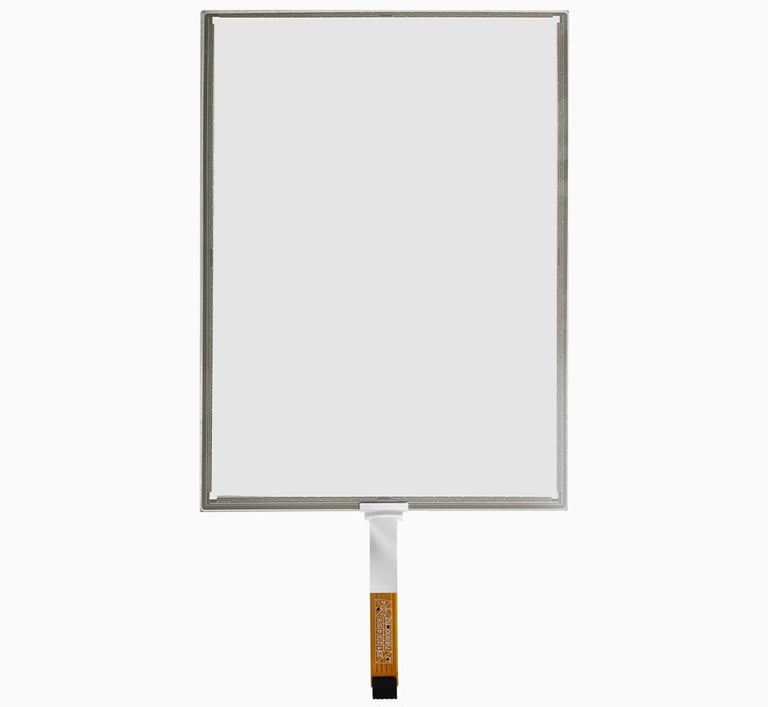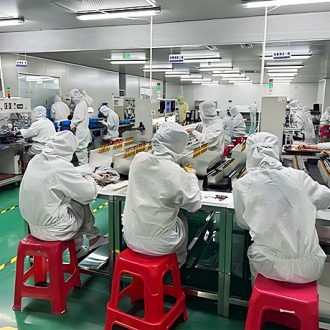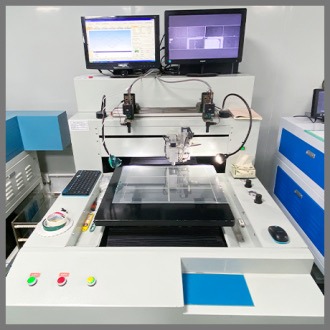Key Factors to Consider When Selecting an Industrial Touch Screen
Industrial touch screens are essential components in a wide range of applications, from medical devices to factory automation. However, with so many options available, selecting the right touch screen can be challenging. In this guide, we’ll walk you through the key factors to consider when choosing an industrial touch screen for your specific needs.
2/24/20252 min read






1. Understand Your Application Requirements
The first step in choosing the right industrial touch screen is to clearly define your application requirements. Ask yourself the following questions:
Environment: Will the touch screen be used in harsh conditions (e.g., extreme temperatures, moisture, or dust)?
Usage: How frequently will the touch screen be used? Will it require high durability?
Interface: What type of user interaction is needed (e.g., gloved hands, stylus, or multi-touch)?
For example, if you’re designing a medical device, you may need a touch screen that is easy to clean and resistant to chemicals. On the other hand, a factory automation system might require a rugged touch screen that can withstand vibrations and impacts.
2. Choose the Right Touch Technology
Industrial touch screens typically use one of the following technologies:
Capacitive Touch Screens: Known for high sensitivity and multi-touch support, ideal for consumer-like interfaces.
Resistive Touch Screens: More durable and cost-effective, suitable for harsh environments.
Surface Acoustic Wave (SAW): Offers excellent image clarity but is less durable.
Infrared (IR) Touch Screens: Highly durable and suitable for large displays.
Tip: For industrial applications, resistive and capacitive touch screens are the most popular choices due to their durability and versatility.
3. Consider Display Size and Resolution
The size and resolution of the touch screen should match your application’s needs:
Size: Larger screens are easier to interact with but may increase costs.
Resolution: Higher resolution provides better image quality but may require more processing power.
For example, a 10.4-inch touch screen with 1024x768 resolution is a common choice for industrial control panels, offering a balance between usability and cost.
4. Evaluate Durability and Environmental Resistance
Industrial environments can be tough on equipment. Look for touch screens with:
IP Rating: Indicates protection against dust and water (e.g., IP65 for dust-tight and water-resistant).
Temperature Range: Ensure the touch screen can operate in your environment’s temperature range.
Chemical Resistance: Important for medical or chemical processing applications.
Pro Tip: If your application involves outdoor use, consider a touch screen with anti-glare coating and sunlight-readable display.
5. Check Compatibility and Integration
Ensure the touch screen is compatible with your existing hardware and software:
Interface: Common interfaces include USB, I2C, and RS-232.
Driver Support: Verify that the touch screen supports your operating system (e.g., Windows, Linux, Android).
Mounting Options: Check if the touch screen can be easily integrated into your device or control panel.
6. Customization Options
Many industrial applications require custom touch screens to meet specific needs. Look for a supplier that offers:
Custom Sizes and Shapes: Non-standard sizes or cutouts for unique designs.
Special Features: Anti-reflective coatings, anti-vibration mounts, or EMI shielding.
Software Customization: Tailored drivers or firmware to match your system requirements.
7. Partner with a Reliable Supplier
Choosing the right supplier is just as important as selecting the right touch screen. Look for a supplier with:
Industry Experience: Proven track record in industrial applications.
Quality Certifications: ISO, RoHS, or other relevant certifications.
Technical Support: Responsive customer service and technical assistance.
At STouch Display, we specialize in providing high-quality industrial touch screens tailored to your needs. Whether you need a standard product or a fully customized solution, our team is here to help.
Conclusion
Selecting the right industrial touch screen requires careful consideration of your application’s unique requirements. By understanding your needs, choosing the right technology, and partnering with a reliable supplier, you can ensure optimal performance and longevity for your touch screen solution.
Ready to find the perfect touch screen for your application? Contact us today for a free consultation!
Get in touch
Display Solutions
Custom touch displays for industrial and medical solutions Specific to Your Needs.
Quality First
Expert in touch panels
15 Years in Touch Solutions | Your One-Stop-Manufacturer | STOUCH © 2024. All rights reserved.
